What Are They and Which One to Choose for Warm Clothing?
When it comes to making cozy, warm clothing 🧣, choosing the right materials is key. Three of the most popular textiles for this purpose are fleece, padding, and polar fabric. Each has its own unique characteristics, and understanding their differences will help you pick the perfect one depending on the garment, the climate, and the result you want.
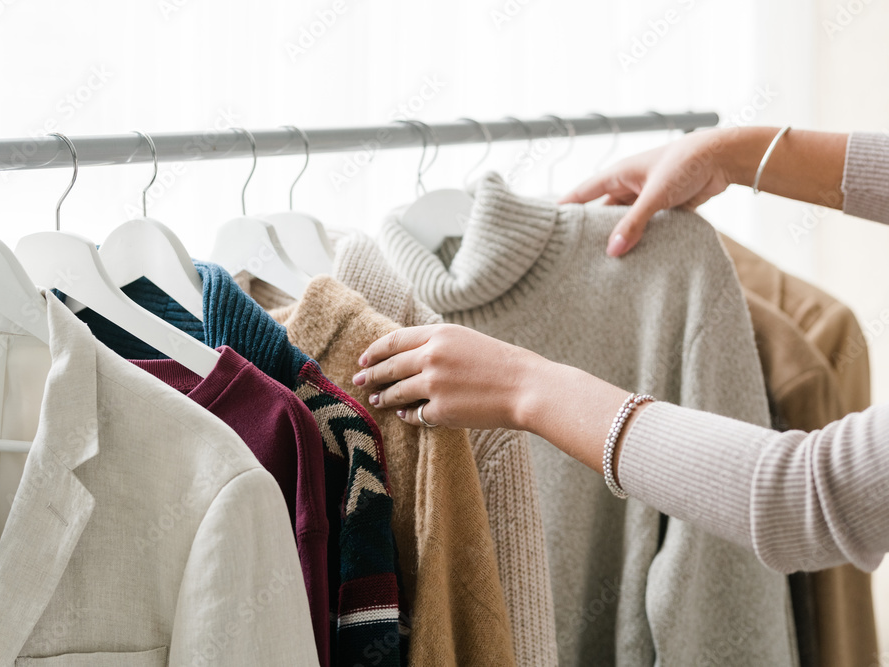
In this post, we’ll break down:
- What fleece is and what it’s used for
- How padding works as a filling material
- Why polar fabric is ideal for cold climates 🧊
Plus, we’ll share tips on choosing the best material for a quilted jacket or a warm blanket!
1️⃣ Fleece: Softness and Comfort 🐻
Fleece is a very soft fabric with a velvety finish ✨. It’s usually made from cotton or cotton-polyester blends. One side has loops or a brushed texture, giving it a cushioned, cozy feel.
What is fleece used for?
- Sweatshirts
- Piyamas
- Children’s clothing
- Bathrobes
- Lightweight blankets 🛏️
Since it’s mainly cotton, fleece is breathable 🌬️—perfect for mild climates or indoor wear.
✅ Pros: Ultra-soft and breathable
⚠️ Cons: Needs careful washing to avoid shrinkage
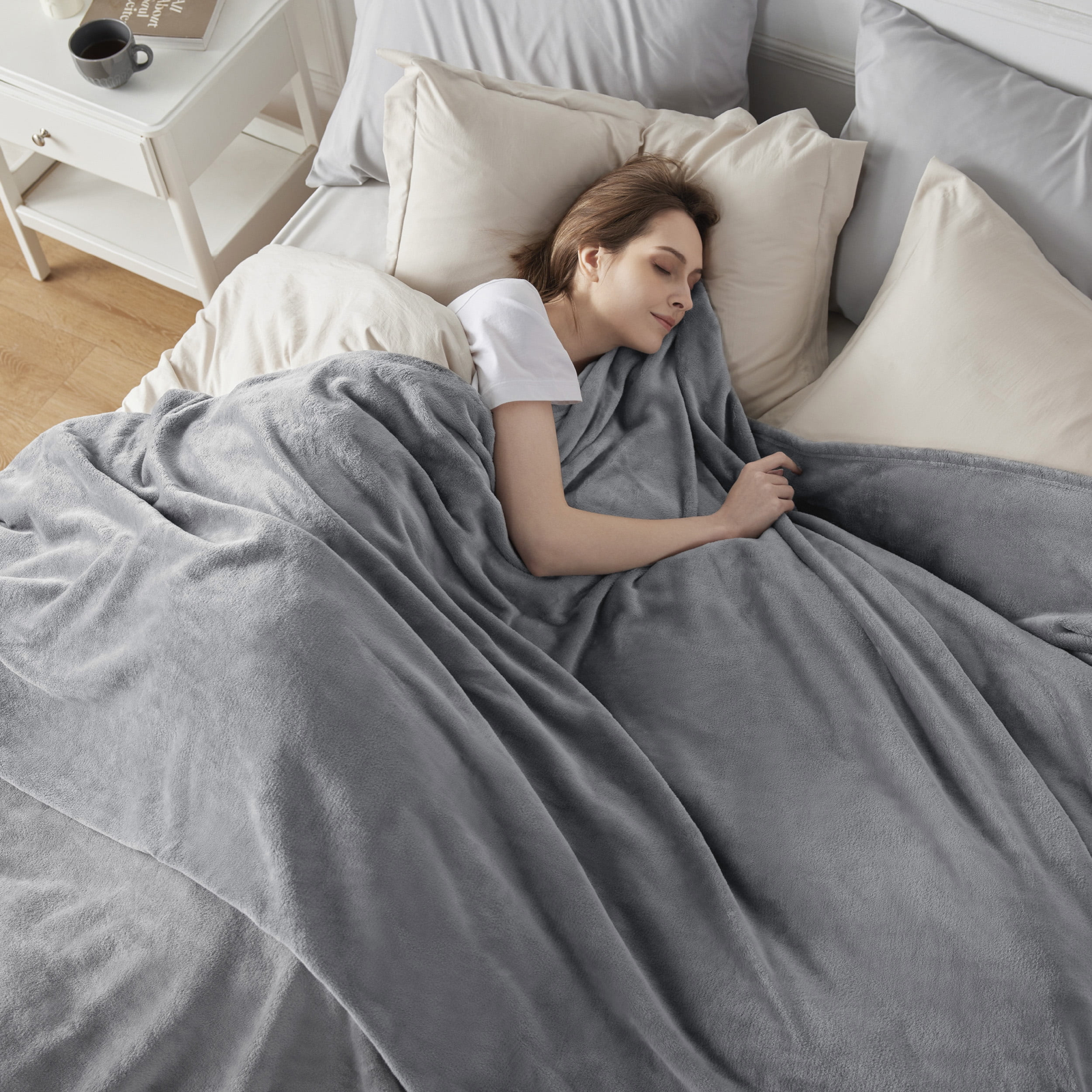
2️⃣ Padding: The Secret Behind Quilted Garments 🧥
Wondering what fabric to use for a quilted jacket? Padding is key. It’s not a visible fabric but a filling material made from polyester, cotton, or blends. It comes in thin, fluffy sheets layered between two fabrics, providing volume and great thermal insulation 🔥.
Common uses:
- Jackets
- Vests
- Quilts
- Comforters
- Cushions 🛋️
Padding makes garments warm without adding extra weight.
✅ Pros: Lightweight and insulating
⚠️ Cons: Must always be lined
3️⃣ Polar Fabric: Warmth Without the Weight 🏔️
Polar fabric (sometimes called polar fleece) is a synthetic textile, typically made of polyester, offering excellent heat retention 🌡️. It’s soft, lightweight, and dries quickly — perfect for outdoor wear or very cold climates.
Where it’s used:
- Jackets
- Hats
- Gloves
- Neck warmers
- Blankets
- Winter sportswear ⛷️
✅ Pros: Very warm, dries fast, low weight
⚠️ Cons: Can generate static and isn’t very breathable
🌏 A Growing Hub: Myanmar’s Textile Industry
Did you know Myanmar is a key producer of fleece, padding, and polar fabrics?
Thanks to its expanding textile sector, Myanmar has become a competitive option for warm garment production.
- Fleece is often made from local or imported cotton.
- Padding and polar fabrics are mainly polyester-based.
Production combines traditional weaving techniques with modern technologies, ensuring good quality at affordable prices. Plus, many factories offer custom options for weight, finishes, and treatments, adapting to different needs.
✅ Competitive costs
✅ Custom production options
✅ Skilled labor force
🤔 Which Fabric Should You Choose for Your Project?
It all depends on the use and the type of garment you’re making ✂️:
- For soft, comfy items like sweatshirts, bathrobes, or children’s clothing: Fleece 🐣
- For jackets or quilts: Use outer fabrics combined with padding 🧵
- For very warm but lightweight garments or blankets: Polar fabric 💙
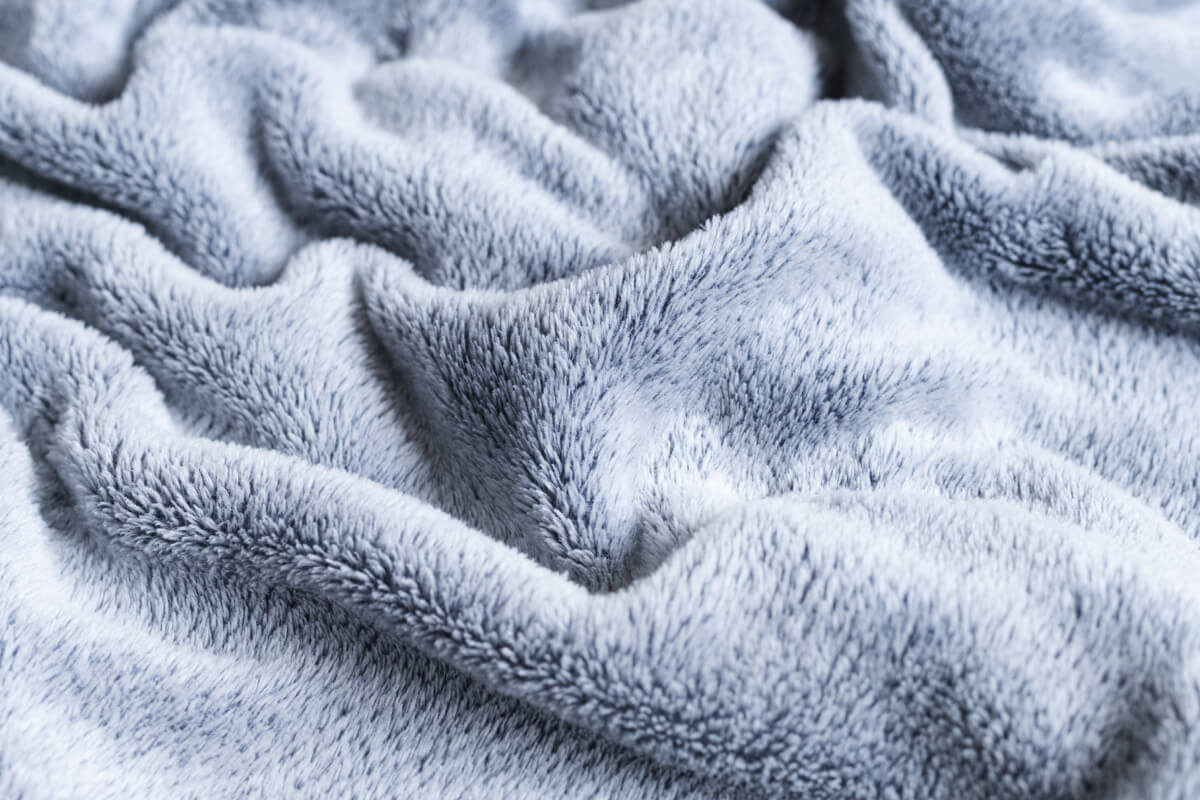
Always consider the climate, comfort, and daily use when picking your materials.
A smart choice makes all the difference 🪡.
And if you’re thinking of large-scale production or sourcing suppliers, Myanmar is definitely a strong, cost-effective option for high-quality warm textiles 🌟.
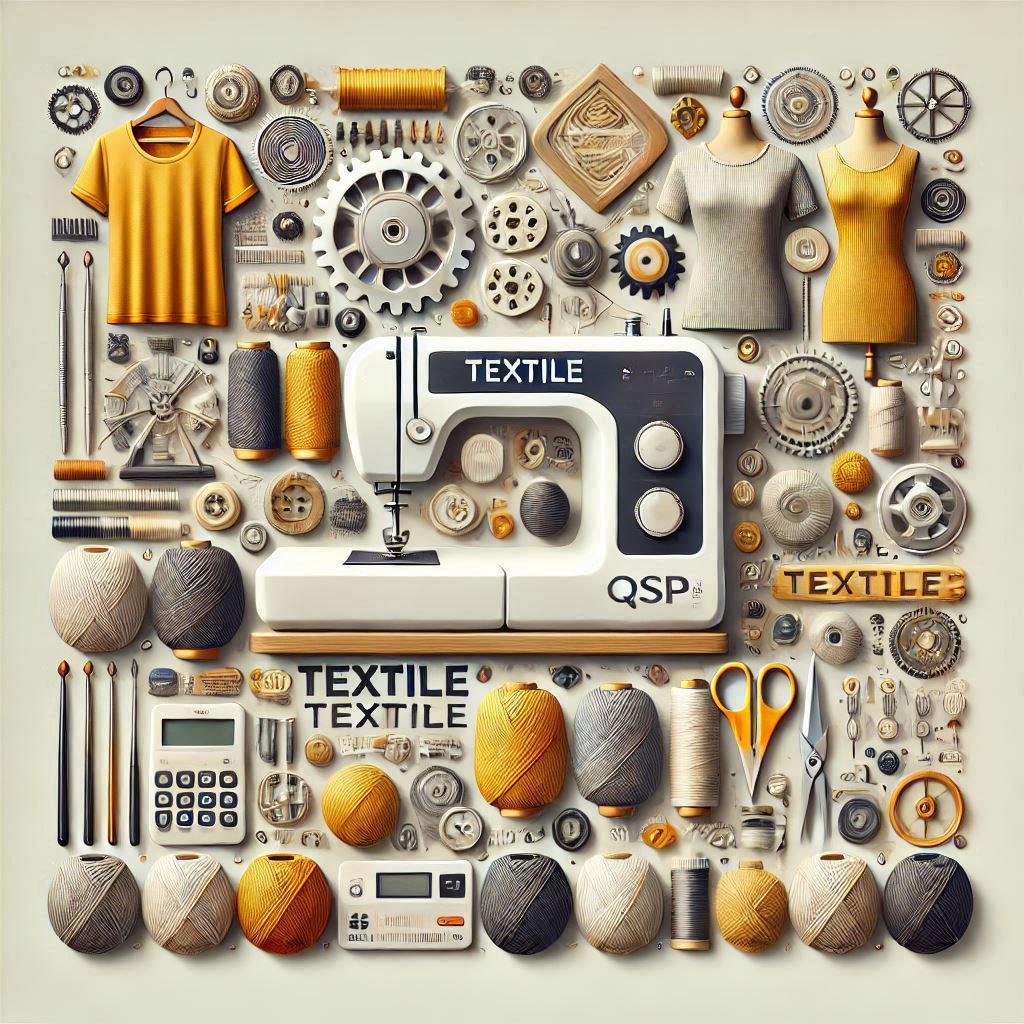
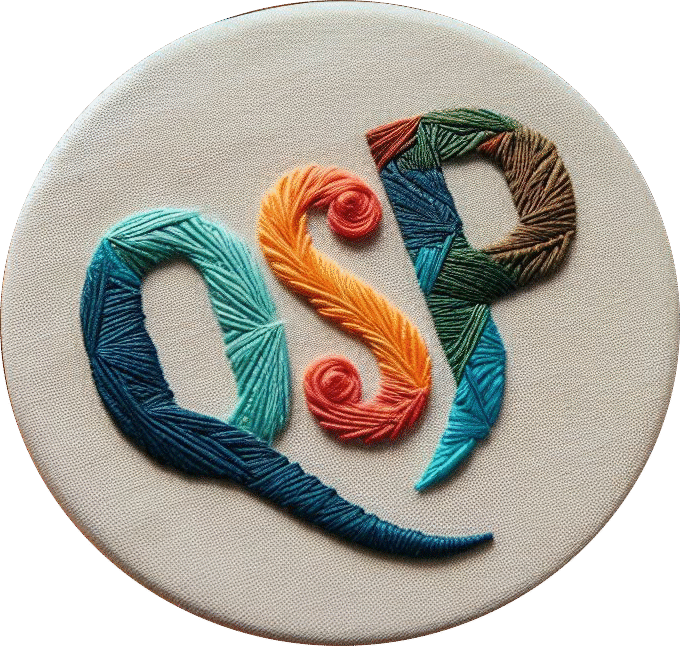
Deja una respuesta